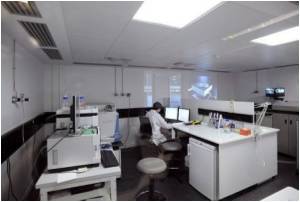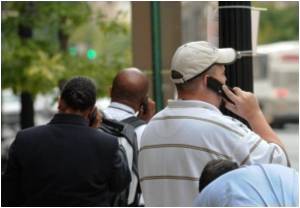Research suggests telemedicine can vastly improve healthcare in developing countries marked by a lack of infrastructure, particularly in rural areas.

Ronald Leach and colleagues describe a highly asynchronous service model for healthcare delivery. The approach is much cheaper to implement than direct medicine and even less expensive than other approaches to telemedicine that have been suggested for rural and developing parts of the world. The approach to rolling out their solution is entirely incremental and would provide improved health service even in the initial stages before the system is fully implemented, the team says. "Our proposed service model provides relatively comprehensive, but not universal, healthcare coverage," says Leach. "The application of current thinking in systems service engineering, when coupled with economic models of costs (in both monetary and resource areas), can help provide an extremely useful healthcare environment," he adds.
Telemedicine usually refers to the synchronous electronic communication of medical information - medical records, videos of complex procedures, training information, viewing of remote procedures and analysis etc . The promise is that telemedicine could bring medical expertise to remote areas without the expense and difficulties of trying to bring the experts to the patients or requiring many of those patients from such regions to central hospitals or clinics. There is also hope that telemedicine might allow epidemics to be more quickly contained as information is shared and emerging problems addressed more rapidly. This form of telemedicine is, however, expensive in itself and not amenable to the poor infrastructure of many rural developing communities.
Fundamentally, rural developing communities mostly do not have the information technology bandwidth to support synchronous telemedicine. However, there is often adequate technology for some communication and Leach and colleagues suggest that this might be exploited in asynchronous telemedicine.
Until now, there have been no viable models for overcoming the limitations inherent in existing communications infrastructure in Africa, and elsewhere. Leach suggests that a relatively low- cost solution makes use of existing communications channels, computing equipment, text messaging via cell phone, medical personnel and technical support service personnel and says that parts of the system are relatively easy-to-implement, at least from a technical perspective. The approach also exploits the daylight time difference between Africa and the US to utilise bandwidth on communications satellites at a time when US users are least active. There is in asynchronous telemedicine no need to network the computers just to provide each with access to the information via available satellite channels.
A nine-step example shows how asynchronous telemedicine might benefit a patient who is seen by a local healthcare worker or can reach a rural clinic.
Advertisement
Advertisement















